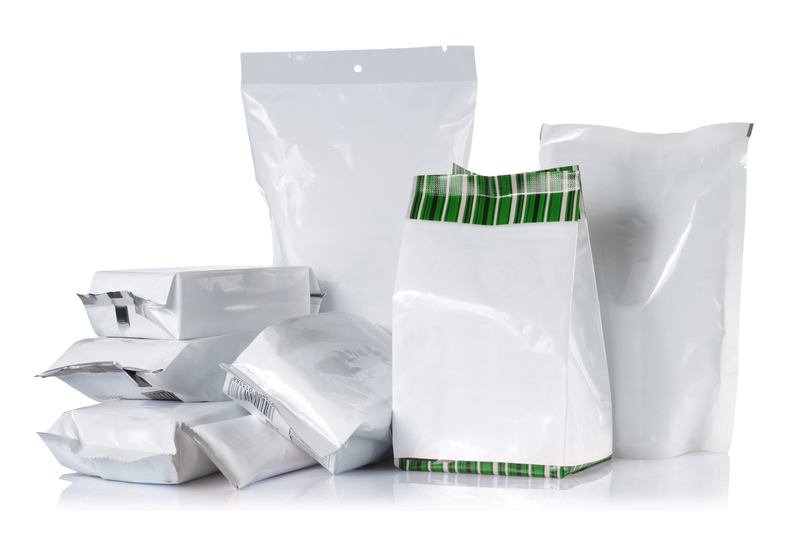Understanding Skip Bag Sizes
Posted on 23/01/2025
When embarking on a home renovation, landscaping project, or a significant cleanup, managing waste can become a hassle without the right tools. Skip bags, also known as skip bins or waste bags, offer a practical solution for waste disposal. Understanding skip bag sizes is crucial to ensuring you have the right container for your waste management needs.
What Are Skip Bags?
Skip bags are heavy-duty waste containers that can be filled with various types of waste materials, such as building debris, garden waste, and household rubbish. They are typically made of durable, woven polypropylene fabric and can hold substantial amounts of waste. Skip bags come in different sizes to accommodate varying project scales, making it essential to choose the correct size for efficient waste management.

Common Skip Bag Sizes
Skip bags are generally available in a range of sizes, typically measured in cubic yards. The most common sizes include:
1. Mini Skip Bags (2-3 cubic yards): These small bags are ideal for minor home renovation projects, garden clean-ups, or small household clearances. They can hold approximately 20-30 black bin bags of waste.
2. Midi Skip Bags (4-5 cubic yards): Suitable for medium-sized projects like bathroom remodels or more extensive garden work. Midi skip bags can accommodate around 40-50 black bin bags of waste.
3. Maxi Skip Bags (6-8 cubic yards): Perfect for larger renovation projects, including kitchen remodels or substantial garden landscaping. They can hold about 60-80 black bin bags of waste.
4. Jumbo Skip Bags (10-12 cubic yards): Best for significant construction projects or full house clearances. These large bags can handle up to 100-120 black bin bags of waste.
Choosing the Right Skip Bag Size
Selecting the appropriate skip bag size depends on the volume and type of waste you need to dispose of. Here are some tips to help you decide:
- Assess Your Project: Estimate the quantity and type of waste generated by your project. A small garden clean-up will require a mini skip bag, while a home renovation might need a maxi or jumbo skip bag.
- Space Availability: Ensure there is sufficient space on your property to place the skip bag. Larger bags will need more space, so plan accordingly.
- Budget Considerations: Larger skip bags typically cost more to hire, so balance your budget with your waste disposal needs.
- Environmental Regulations: Check local guidelines for waste disposal. Some areas have restrictions on the types and quantities of waste you can dispose of in skip bags.
Pros and Cons of Using Skip Bags
Like any waste management solution, skip bags come with their advantages and disadvantages.
Pros:
- Convenient: Easy to use and ideal for a range of projects, from small clean-ups to significant renovations.
- Flexible Sizes: Various size options make it easier to select the right bag for your needs.
- Cost-Effective: Generally more affordable than traditional skip bins, especially for smaller projects.
- Environmentally Friendly: Skip bag services often include sorting and recycling waste materials.
Cons:
- Weight Limits: Skip bags have weight restrictions, which may not be suitable for very heavy waste like soil or concrete.
- Placement Restrictions: Require adequate space for placement, which can be an issue in urban areas.
- Weather Vulnerability: Exposed to elements, potentially leading to waste spillage in adverse weather conditions.
- Local Regulations: Some regions have strict guidelines on skip bag usage which may limit their convenience.
Tips for Effective Skip Bag Usage
- Plan Ahead: Assess the scope of your project and choose the right skip bag size beforehand.
- Fill Strategically: Place heavier items at the bottom and lighter waste on top to maximize space.
- Avoid Overfilling: Stay within the bag's weight limits to prevent additional charges or pickup issues.
- Know What You Can Dispose: Familiarize yourself with local disposal guidelines to avoid prohibited items.
- Schedule Pickup: Arrange timely collection to avoid prolonged space usage and potential fines.

Takeaways
- Choose the appropriate skip bag size based on your project's waste volume and type.
- Understand the pros and cons to determine if skip bags are the right option for you.
- Follow tips for effective usage to maximize efficiency and stay within regulations.
Conclusion
Skip bags are an invaluable tool for effective waste management in various projects. By understanding the different skip bag sizes and their applications, you can choose the best option to meet your needs. Remember to plan your project carefully, be mindful of local regulations, and follow best practices for using skip bags to make your waste disposal process as smooth and hassle-free as possible.






